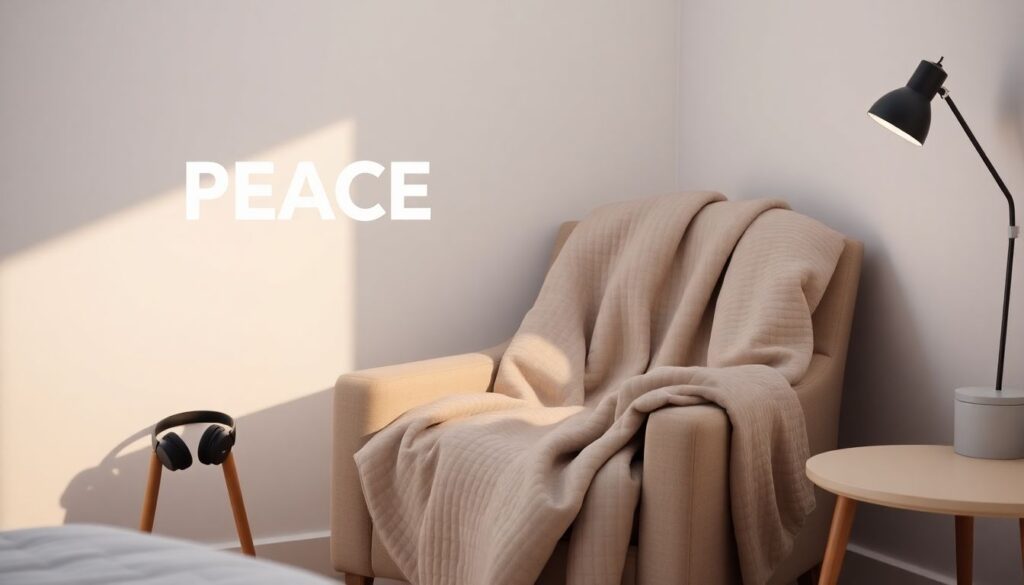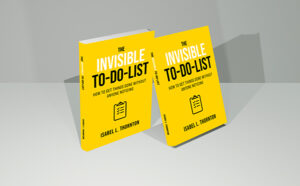
Not all sensory tools are created equal. Some feel amazing—instantly calming, grounding, or energizing. Others? Too stimulating, ineffective, or just not made with autistic needs in mind. When you’re recovering from burnout, you don’t have the energy to experiment endlessly.
That’s why in Embracing Self-Care for Autistic Burnout: Your comprehensive resource for managing autistic burnout, we gathered real feedback from autistic adults on the sensory tools that actually help—because what works in theory isn’t always what works in real life.
Why Sensory Tools Matter in Burnout Recovery
Sensory overload is one of the most common contributors to autistic burnout. Whether it’s lights, sound, touch, or movement, these inputs can overwhelm an already exhausted nervous system. The right sensory tools can:
- Reduce stress and meltdowns
- Promote self-regulation
- Support rest and sleep
- Increase focus
- Restore a sense of calm and control
But what’s “right” for one person may not be for another—which is why personalization is key.
Most Recommended Sensory Tools from Autistic Adults
Here are the top-rated tools from real people who’ve used them during burnout recovery:
🟣 Noise-Canceling Headphones (e.g., Bose, Loop, Sony)
- Helps block background noise in public or at home
- Creates a controlled auditory space
- Many recommend using them even in social settings as a protective buffer
“My Loops are like armor for my ears. I can actually leave the house now.”
🟣 Weighted Blankets
- Provides deep pressure input for calming the nervous system
- Especially helpful during shutdowns or when trying to sleep
- Look for breathable fabric for year-round use
🟣 Fidget Tools and Tactile Items
- Silicone poppers, smooth stones, tangle toys, or textured fabrics
- Ideal for repetitive motion and grounding
- Keep them in bags, desks, and bedside tables
“I never realized how much a simple fidget toy could reduce my anxiety levels.”
🟣 Soft Lighting and Color-Changing Lamps
- Harsh lighting can be extremely overstimulating
- Warm, adjustable lights or color bulbs help create soothing environments
- Combine with blackout curtains for full effect
🟣 Body Socks and Compression Vests
- Great for proprioceptive input and full-body regulation
- Used during rest, stimming, or meltdown recovery
- Some people describe them as “instantly grounding”
🟣 Essential Oils (Used Cautiously)
- Lavender, peppermint, or eucalyptus (only if scent is not a trigger)
- Use in diffusers or on fabric patches—not directly on skin
- Always test first, and use sparingly
How to Choose the Right Tools for You
In Embracing Self-Care for Autistic Burnout, we encourage a trial-and-adjust approach:
- Start with what feels intuitive or soothing
- Notice which senses feel most overstimulated
- Build a “toolkit” for different situations—home, work, travel
- Replace what doesn’t work without guilt
This is about support, not perfection.
Build Your Personalized Sensory Sanctuary
Your sensory toolkit doesn’t have to be expensive or complicated. It just has to work for you. Whether it’s a soft hoodie, a gentle playlist, or a single stress ball—every little tool that helps you self-regulate is a step toward healing.
🧸 Discover even more tools in the full guide
💬 “The sensory section alone was worth the price of the book—it changed how I manage my daily energy.”
Author

Laura Mitchell writes with a focus on supporting autistic adults and those navigating the challenges of autistic burnout. Drawing on personal experiences and countless conversations within the neurodivergent community, she creates resources that are compassionate, practical, and easy to follow.Her work is grounded in a belief that autistic voices deserve to be heard and understood, and that self-care should be accessible and validating for everyone. Through her books, Laura aims to provide encouragement, clarity, and strategies that help readers build lives that feel sustainable and authentic.When she’s not writing, Laura enjoys quiet routines, creative hobbies, and walking in the hills close to her country home.





